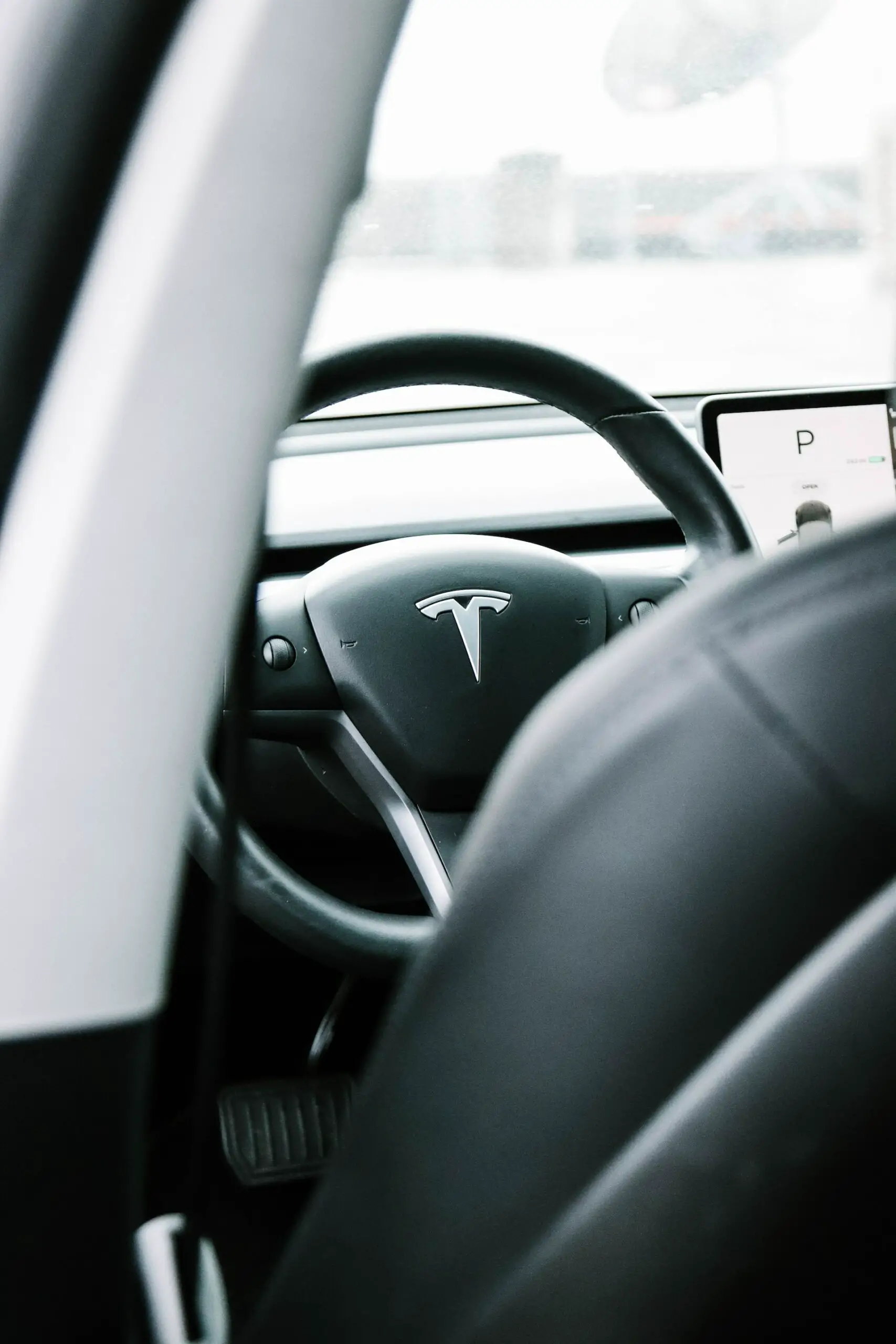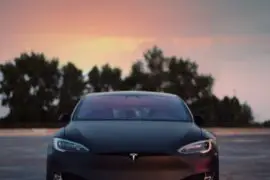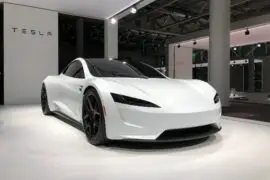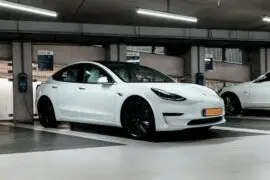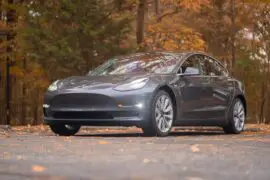In recent years, the automotive industry has witnessed a seismic shift with the advent of autonomous driving technology. Tesla, a trailblazer in this field, has been at the forefront of this revolution with its Full Self-Driving (FSD) package. This innovative offering has sparked a critical question in the minds of tech enthusiasts and car owners: Is FSD worth it?
In this era of rapid advancements in autonomous driving technology, the discussion surrounding Tesla’s Full Self-Driving package takes center stage. To answer whether it’s worth the investment, we must delve into the package’s features, its potential benefits, the real-world experiences of users, and the ever-evolving landscape of regulations and safety. By the end of this exploration, you’ll be better equipped to make an informed decision about whether FSD is worth the ride.
Contents
Understanding Tesla’s Full Self-Driving Package
As of 2023, Tesla’s Full Self-Driving (FSD) package has evolved to offer compelling features and capabilities. To evaluate whether it’s worth the investment, it’s essential to comprehend what this package encompasses.
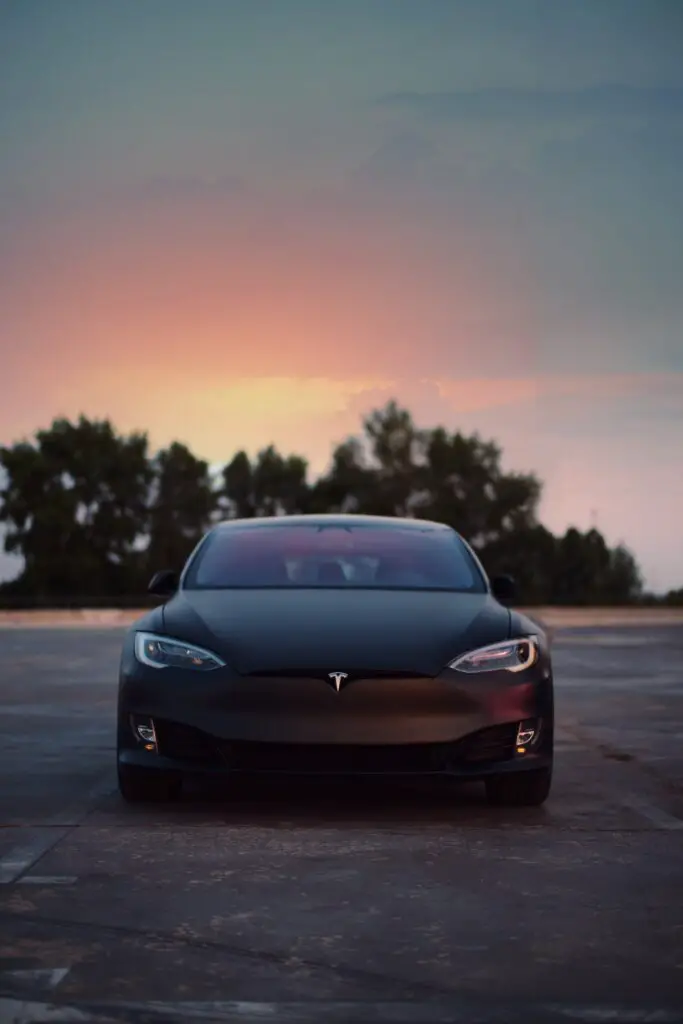
Features of Tesla’s FSD Package (2023):
Tesla’s FSD package is designed to provide advanced driver assistance and automation. While it’s important to note that full autonomy has not yet been achieved, the package includes the following key features:
Enhanced Autopilot: This feature equips the vehicle with advanced driver-assist functions. It includes capabilities like adaptive cruise control, lane-keeping, and traffic-aware cruise control. These features work together to provide a semi-autonomous driving experience, making highway driving more comfortable and less fatiguing.
It can change lanes, exit and enter ramps, and even suggest lane changes based on traffic conditions. This is a significant step towards automation on well-marked and well-maintained roads.
Auto Lane Change: With the FSD package, the car can automatically change lanes when navigating on Autopilot. The system checks for a safe gap in traffic and initiates lane changes when appropriate.
Traffic Light and Stop Sign Control: Tesla’s FSD package includes the ability to recognize and respond to traffic lights and stop signs. The vehicle can come to a complete stop at red lights and stop signs and proceed when the way is clear.
Smart Summon: This feature enables the car to navigate through parking lots and come to your location, all controlled through the Tesla mobile app.
Cost and Availability:
The cost of Tesla’s FSD package can vary and is typically an additional purchase on top of the base price of a Tesla vehicle. The exact pricing structure can change over time, so it’s essential to refer to Tesla’s official website for the most up-to-date information. Availability may also vary based on your location and local regulations.
Differentiation between Autopilot and Full Self-Driving:
It’s crucial to distinguish between Autopilot and Full Self-Driving. Autopilot is a part of the standard package for many Tesla models and provides advanced driver assistance features. Full Self-Driving, on the other hand, represents the next level of autonomy and includes features like Navigate on Autopilot, Traffic Light and Stop Sign Control, and Smart Summon. Full Self-Driving is an optional package that requires an additional payment.
The Promise of Full Autonomy
The allure of fully autonomous vehicles has long been a driving force behind the evolution of the automotive industry, and Tesla has been a significant player in this journey. Understanding the promise of full autonomy, Tesla’s unique approach, and the progress made up to my knowledge cutoff date is pivotal when assessing the worth of Tesla’s Full Self-Driving (FSD) package.
Long-Term Vision and Tesla’s Approach:
The long-term vision of fully autonomous vehicles envisions a world where cars can navigate roads without human intervention. Tesla’s approach to achieving this vision has been marked by a combination of hardware advancements and over-the-air software updates. By equipping their vehicles with a suite of sensors, including cameras, ultrasonic sensors, and radar, Tesla seeks to provide the necessary data inputs for autonomous driving systems. These systems, guided by machine learning algorithms, aim to continuously improve vehicle performance and safety.
Tesla’s Progress Toward Full Autonomy:
As of my last knowledge update in September 2021, Tesla had made substantial progress in the field of autonomous driving. Their fleet of vehicles was actively collecting data, and they were continually refining their Autopilot and Full Self-Driving features through software updates. While Tesla had not yet achieved full autonomy, they had been releasing features incrementally, moving closer to the goal. It’s essential to check for the latest developments beyond my knowledge cutoff date, as significant strides may have been made since then.
Potential Benefits of Autonomous Driving Technology:
The promise of fully autonomous vehicles carries numerous potential benefits, some of which include:
Enhanced Safety: Autonomous vehicles have the potential to reduce accidents caused by human error, such as distracted or impaired driving. They can react faster to unexpected situations and operate within strict safety parameters.
Reduced Traffic Congestion: Autonomous vehicles can communicate with one another, leading to more efficient traffic flow and potentially reducing congestion on the roads.
Improved Mobility: Autonomous technology could provide new mobility options for those unable to drive, such as the elderly or individuals with disabilities, thereby enhancing accessibility.
Environmental Benefits: By optimizing driving patterns and reducing unnecessary stops and starts, autonomous vehicles have the potential to improve fuel efficiency and reduce emissions.
Time and Convenience: Passengers can use their travel time more productively or enjoy leisure activities during their journeys, enhancing the overall travel experience.
Economic Benefits: The widespread adoption of autonomous technology can impact various industries, from transportation to insurance and beyond, potentially creating economic opportunities and efficiencies.
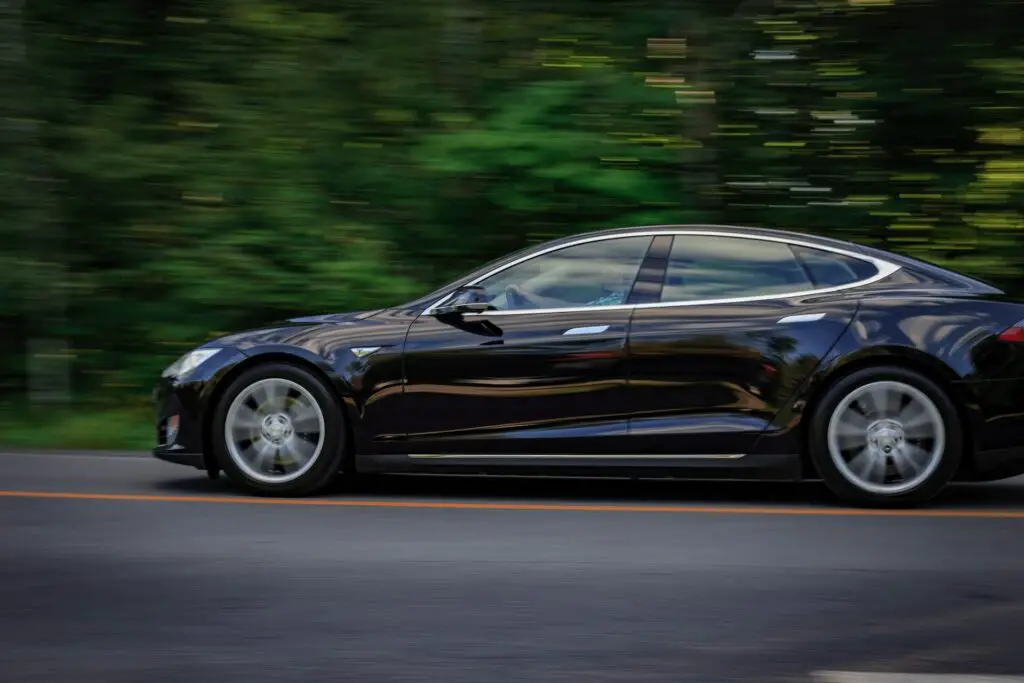
Real-World Experience
To determine the true worth of Tesla’s Full Self-Driving (FSD) package, we must turn our attention to real-world experiences of Tesla owners who have opted for this technology. Their feedback sheds light on the practical advantages, as well as the common concerns and challenges associated with FSD.
Testimonials from Tesla Owners:
Many Tesla owners who have invested in the FSD package share enthusiastic testimonials about their experiences. They highlight benefits such as:
Enhanced Convenience: FSD-equipped vehicles make daily commutes and long-distance trips more convenient. Features like Autopilot and Navigate on Autopilot reduce driver fatigue and offer a smoother driving experience.
Time Savings: Some users express that FSD has allowed them to be more productive or relaxed during their journeys, as they can trust their Tesla to handle many driving tasks.
Improved Safety: Users often appreciate the added layer of safety provided by FSD features. The system’s ability to react swiftly to potential hazards can be reassuring.
Practical Advantages in Everyday Driving:
In everyday driving, Tesla’s FSD package offers several practical advantages:
Traffic Assistance: FSD can navigate through heavy traffic, making stop-and-go commuting less stressful. It can automatically adjust speed, maintain lane position, and handle traffic jams.
Hands-Free Operation: Users can experience hands-free driving under specific conditions. While still requiring driver supervision, the system eases the physical burden of long drives.
Parking Assistance: Features like Smart Summon and Autopark can simplify parking, especially in crowded lots.
Common Concerns and Challenges:
Despite its advantages, Tesla’s FSD package has also raised concerns:
Driver Oversight: Tesla emphasizes that drivers must remain attentive and ready to take control at all times when using FSD features. Some users worry about overreliance or complacency, assuming the car can handle all situations.
Regulatory Challenges: FSD’s functionality and the regulations surrounding it can vary by location. Users may encounter limitations in certain regions or face restrictions on FSD features.
System Limitations: FSD may not perform optimally in every driving scenario. Users have reported challenges with adverse weather conditions, complex intersections, and unclear road markings.
Cost Considerations: The FSD package is an additional expense on top of the vehicle’s purchase price. Potential buyers should weigh the cost against the perceived benefits.
Regulatory and Safety Considerations
When it comes to evaluating the worth of Tesla’s Full Self-Driving (FSD) package, it’s essential to delve into the complex world of regulations and safety concerns that surround autonomous driving technology.
Legal and Regulatory Landscape:
The legal and regulatory landscape governing autonomous driving technology varies widely by country and even within regions. Laws and regulations are evolving to accommodate the rapid advancements in this field. Key aspects to consider include:
Legality: The legality of using autonomous features on public roads varies. Some places permit the use of advanced driver-assist systems, while others have more stringent requirements.
Testing and Certification: Autonomous vehicle manufacturers must often meet specific testing and certification requirements before deploying their technology for public use.
Liability and Insurance: Determining liability in accidents involving autonomous vehicles is a complex legal issue. Insurance policies may need to adapt to the unique risks associated with these vehicles.
Safety Implications and Concerns:
Autonomous technology holds the potential for increased safety but also raises important concerns:
Over-Reliance: Users may become overly reliant on FSD features, assuming that the technology can handle all situations. This over-reliance can lead to complacency and slower reaction times when drivers need to take control.
Ethical Dilemmas: Autonomous systems may face ethical dilemmas in rare situations where decisions about potential harm must be made. For example, what should a self-driving car prioritize in a no-win scenario?
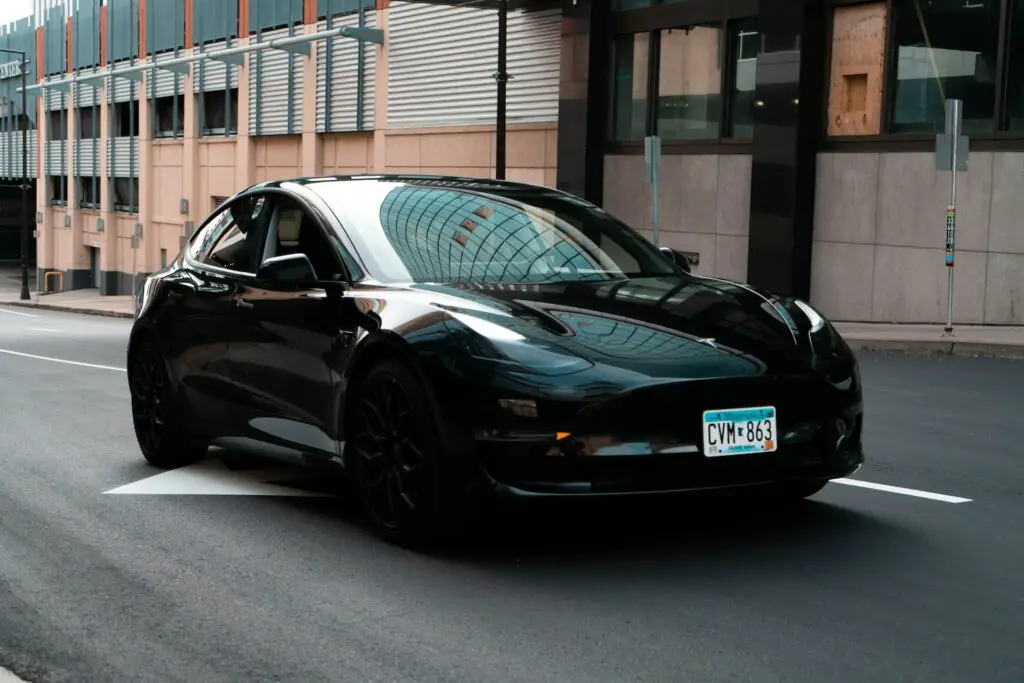
Vulnerabilities to Hacking: Autonomous vehicles rely heavily on computer systems, making them potentially vulnerable to cyberattacks. Ensuring robust cybersecurity is paramount for safety.
Interactions with Human-Driven Cars: The coexistence of autonomous and human-driven vehicles on the road introduces challenges in communication and predictability, potentially impacting safety.
Role of Government Agencies and Industry Standards:
Government agencies and industry standards organizations play a crucial role in shaping the future of autonomous driving technology:
Government Oversight: Agencies like the National Highway Traffic Safety Administration (NHTSA) in the United States and their counterparts globally set safety standards and regulations for autonomous vehicles. These agencies are responsible for testing, certification, and monitoring.
Industry Standards: Organizations like the Society of Automotive Engineers (SAE) establish technical standards and classifications for autonomous systems. These standards help ensure interoperability and safety across the industry.
Continuous Adaptation: Government agencies and industry standards organizations must adapt and update regulations as technology evolves. This ongoing collaboration is vital for ensuring safety while fostering innovation.
Is fsd worth it
Whether Tesla’s Full Self-Driving (FSD) package is worth the investment is a nuanced decision. FSD offers advanced features and the promise of full autonomy, but real-world experiences, regulations, and safety considerations must be weighed. The future holds potential enhancements and changes.
In the end, the value of FSD is a personal judgment. Assess your driving needs, stay informed, and adapt your choice as technology evolves. Make your decision based on your unique circumstances and vision for the future of driving.

